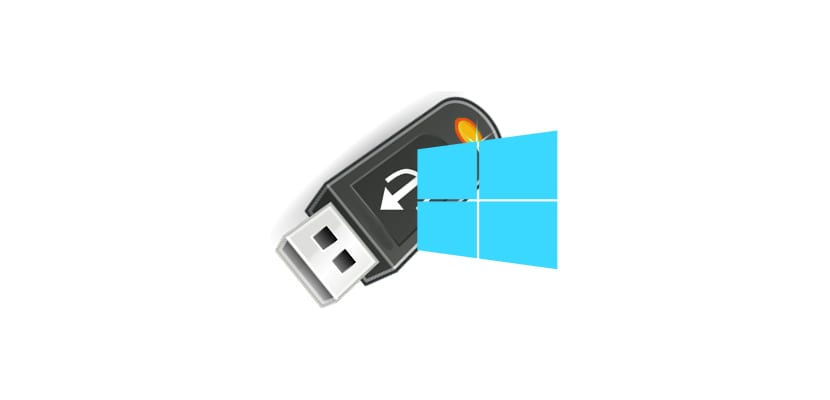
The recovery units are quite important, especially to avoid loss of information when the operating system goes completely to ruin. Some of the computers that are currently sold do not include this important part, we assume that to save costs. In the event that the system fails us, everything will be ruined. So, Today we are going to teach you how to create a recovery USB in Windows 10, thus we will always remain protected against certain system failures that make it crash completely. Follow these simple steps if you always want to have life insurance for your computer's operating system.
We remember that a recovery drive will not store personal data, applications or settings. It simply has a series of tools and parts of the system that will allow you to rebuild the operating system in the event of a fatal error, so we could rebuild the system again and hopefully not lose anything. We can use both a portable hard drive and a traditional USB. It will normally occupy up to 16GB of memory, so prepare a good pen drive.
- We search with Cortana for the function «Create a recovery drive«. If we do not want to use Cortana, we will go to the Start menu to navigate to the Control Panel. Once inside we will search for "Create a recovery unit." For this we will need to use an administrator account.
- We access the tool and click on «Back up system files to the recovery drive«, Just click on the tick. And now we press «next».
- We connect the USB drive to the PC, so it will appear in the list of units. We select it and click once more on «next» to continue with the creation of the copy.
- Once the process is finished, click on «delete the recovery partition from your computer«.
It's that easy and fast, now we will keep that pen drive or hard drive in a safe place, it could save us many problems if the system goes to hell.
hello, this method is used to recover the system on a tablet with windows 10 home?